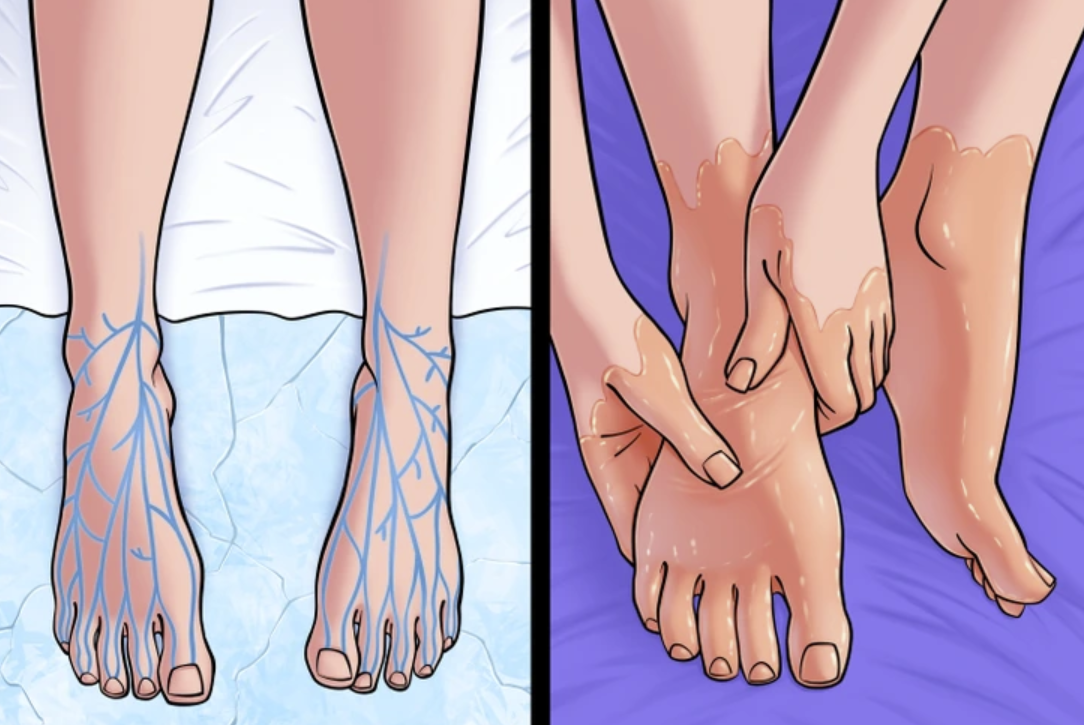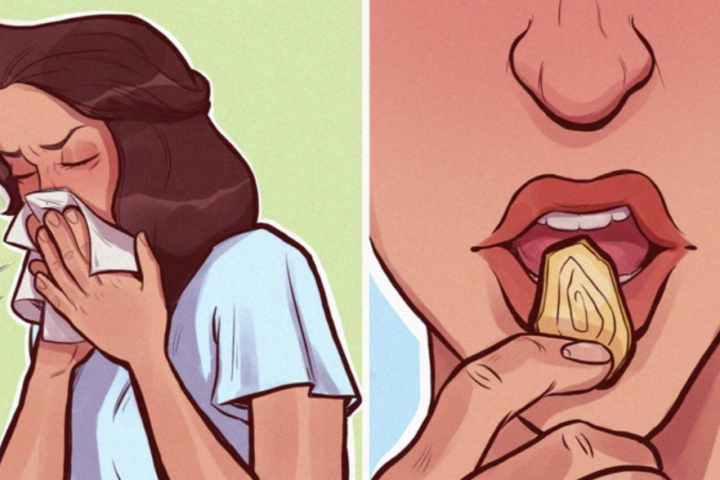Cold weather can be a challenge to many people, but with the right methods, anyone can increase their cold tolerance and make the most of winter activities or even just during the cold weather. By understanding how the body is affected by cold temperatures and training your body gradually, you can finally increase your body’s cold tolerance.
This time, we will go over how to improve your cold tolerance by arming yourself with the necessary knowledge and resources. In addition, we will go over how you can help your body adjust to cold weather by staying hydrated and exercises. We will also look at some tips on how to increase your cold tolerance during the winter months and provide useful advice on how to stay healthy when temperatures start to drop.
Understand and Acknowledge Your Body
If you are planning to venture out into the cold during winter, it is important that you are aware of how your body reacts to the cold. Many people mistakenly think their heart is the main organ affected by cold temperatures, but we must learn from history that this is not true.
The brain actually responds to extreme temperatures first and then in turn affects all other organs. Luckily for us, there are a few things we can do to help our brain function better during low temperatures.
Cold exposure can have a range of impacts on the body, from mild discomfort to severe health consequences. In order to be able to better tolerate cold exposure, it is important to understand the mechanisms our body uses in order to adjust and adapt. With this knowledge, we can develop strategies that help us enhance our tolerance levels.
Through a combination of lifestyle changes and targeted training approaches, we can improve our ability to withstand cold weather conditions. Exploring various interventions like thermogenesis and improving circulation can also help us increase our tolerance levels and ultimately improve our safety in cold climates.
More about the thermoregulation process:
The human body, as we all know, prefers to be in a condition of equilibrium known as homeostasis. A person’s internal temperature is around 98.6 degrees Fahrenheit. To maintain homeostasis, your body goes through a process known as thermoregulation. You shudder when your body becomes too chilly. Sweating occurs when your body becomes overheated.
Fortunately, our bodies contain a built-in thermostat known as the hypothalamus. Skin receptors provide messages to the hypothalamus in order to regulate your core body temperature. The hypothalamus then signals the brain to begin a process known as vasoconstriction in order to resist the chilly air that surrounds you. The muscles around your blood vessels contract, decreasing blood flow to your extremities.
Finally, the procedure reduces heat loss and so keeps you warmer on a cold day. It is not always the case that your body’s capacity to adjust to cold is only due to changes in internal temperature. It is determined by your physical condition, age, and health. Not everyone has the same metabolic rate. You generate more heat if you have a high metabolic rate than if you do not.
1. Exercising
By exercising outside or just being around people who exercise regularly will help increase your cold tolerance. There is a evidence that exercise can help improve our seasonal affective disorder in colder months. When exercising, the air you breathe and blood flow to the kidneys and other organs helps cool the body. Exercising outdoors may help when you can’t get to a gym, even if the weather is cold. As you exercise, dress in layers that you can remove to stay cool and avoid overheating.
2. Fuel Your Body and Consume Enough Calories
In cold weather, specifically, your body requires fuel to burn in order to maintain a healthy core body temperature. Eating food provides your body with energy to maintain a healthy internal temperature. When you’re cold, your body burns food more slowly to conserve energy and prevent your internal temperature from dropping too low.
Especially when it’s cold outside, your body requires fuel to burn in order to maintain a constant body temperature. That is why it is critical to consume meals that are high in energy and healthy. Some examples of these kinds of foods are: nuts, seeds, dried fruit, dark chocolate, and avocados. Eating these foods will help you stay warm and energized during the colder months. You may also eat warming foods like soup and chili that can help warm you up from the inside out.
3. Drink Water
Water is the best thing you can give your body during the winter. Staying hydrated is also important for maintaining good health and can help to increase cold tolerance.
When the body is dehydrated, blood vessels constrict, which can make it harder for blood to flow to the surface of the skin and keep the body warm. Drinking at least eight 8-ounce glasses of water per day, or about 2 liters, is recommended to stay hydrated.
4. Acclimate Yourself to The Cold Gradually
Another great way to increase your cold tolerance is to acclimate yourself to the cold gradually. This can be done by spending time outside in progressively cooler weather, or by taking cold showers.
This process, which was studied in a 20-day study involving healthy men and women, showed that after regular cold exposure, participants’ blood vessels were able to drop their skin temperature more efficiently. Their metabolisms also became more efficient when exposed to the cold weather.
The human body’s initial response to cold exposure is shivering; however, if done frequently and gradually over time it can help train the body to become accustomed to colder temperatures. The heart rate of those involved in the study slowed down significantly as they learned to become more comfortable with the colder temperatures.
The hands of those involved also showed improved vasoconstriction meaning they could stay warmer longer even when exposed to cold weather for extended periods of time. To increase your cold tolerance you should begin with a warm water bath and then slowly lower your bath temperature until you are able to tolerate lower temperatures.
If you do this gradually over time, your body will adjust and you’ll be able to tolerate the cold much better. You may also practice increasing your cold tolerance by turning down the thermostat. Reduce the temperature in your home gradually to a level you can bear. It will also help you save money. Not only that, but fight the cold by regularly consuming ice-cold beverages. Coffee, tea, and hot chocolate are all bad choices.
5. Increasing Your Metabolic Rate
To increase your cold tolerance, you should focus on increasing your metabolic rate. This will help improve your immunity and allow cells to turn food into energy more efficiently. A person’s metabolic rate can be increased by having more muscle mass; the more muscle a person has, the more energy it takes for their body to function.
This increases their ability to resist cold temperatures because having more muscle increases white blood cell production and better vasoconstriction when exposed to cold air. Increasing your basal metabolic rate will also help by warming up faster and burning energy even when at rest.
6. Get Your Iron and Vitamin B-12 Supplements
Anemia occurs when there are insufficient red blood cells to transport oxygen throughout the body. That could make you feel cold. Some people may not obtain enough B12 from their diets or do not absorb it well. B12 may be found in chicken, eggs, and fish. Iron may be obtained via poultry, pork, shellfish, chickpeas, and green leafy vegetables.
7. Get Enough Sleep
Getting enough sleep is also crucial for increasing cold tolerance. Getting enough sleep can help to improve the function of the immune system, which can help to reduce the risk of cold-related illnesses. Aim for 7-9 hours of sleep per night.
8. Consume Vitamin C
Proper nutrition is also essential for increasing cold tolerance. A balanced diet that is rich in nutrients and vitamins can help to support the immune system, which can help to reduce the risk of cold-related illnesses. Eating a diet that includes foods high in Vitamin C, such as oranges and strawberries, can also help to boost the immune system.
9. Meditation and Yoga
Mindfulness practices such as meditation and yoga can help to reduce stress and anxiety, which can increase cold tolerance. These practices can help to regulate the body’s response to stress and improve overall well-being.
Bottom Line
Increasing cold tolerance requires a holistic approach that includes a combination of physical activity, nutrition, hydration, and mental well-being. Gradual exposure to colder temperatures, regular exercise, proper nutrition, staying hydrated, dressing appropriately, getting enough sleep and mindfulness practices can help to increase the body’s ability to function in the cold.
Remember that your body is constantly changing and that cold tolerance can vary from day to day. So if you’re feeling particularly susceptible to the cold, take some extra precautions to protect yourself. By following these tips, you can gradually increase your tolerance to cold temperatures, making it easier for you to survive in colder climates.








